Talk Overview
In this concluding lecture about choosing the right microscopy technique, Ron Vale summarizes the main techniques covered in the short course and provides an overview of when a specific microscopy method might be advantageous for a particular sample or biological experiment.
Questions
- Which of the following methods is best for fluorescence microscopy of thicker samples?
- Total internal reflection fluorescence
- Multi-photon
- Spinning disk confocal
- Point scanning confocal
- Epifluorescence
- Which of the following methods might be good for measuring biochemical reactions at a surface using fluorescence?
- Total internal reflection fluorescence
- Multi-photon
- Spinning disk confocal
- Point scanning confocal
- Epifluorescence
- Which of the following techniques might be well suited for examining mitochondrial dynamics in a living cell in culture with minimal photodamage?
- Total internal reflection fluorescence
- Multi-photon
- Spinning disk confocal
- Point scanning confocal
- Epifluorescence
- Which of the following techniques can be used to measure the dynamics of a chromosomal protein using FRAP (fluorescence recovery after photobleaching)?
- Total internal reflection fluorescence
- Multi-photon
- Spinning disk confocal
- Point scanning confocal
- Epifluorescence
- You are trying to resolve details of protein complexes that you suspect are spaced ~50 nm apart on the mitochondrial membrane of a Hela cell in culture. Which technique might be best suited for this project?
- STORM
- 2-Photon
- Structured illumination
- Spinning disk confocal
- Dark field microscopy
- Which of the following forms of microscopy routinely involves laser illumination?
- Phase contrast
- Spinning disk confocal
- Deconvolution
- Array Tomography
- Dark field
- True or False: Spinning disk confocal has an equivalent depth of imaging as point scanning confocal microscopy.
Answers
View AnswersSpeaker Bio
Ron Vale
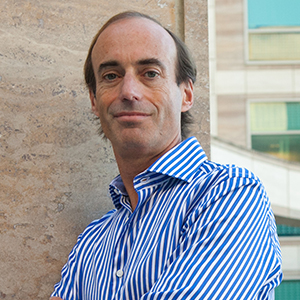
Professor of the Department of Cellular and Molecular Pharmacology; Investigator in the Howard Hughes Medical Institute
University of California, San Francisco Continue Reading
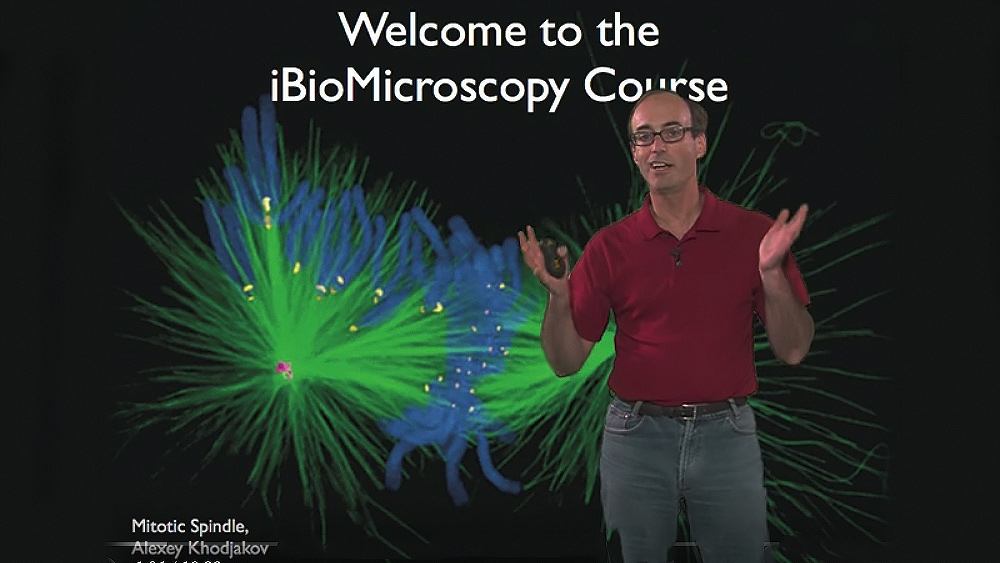
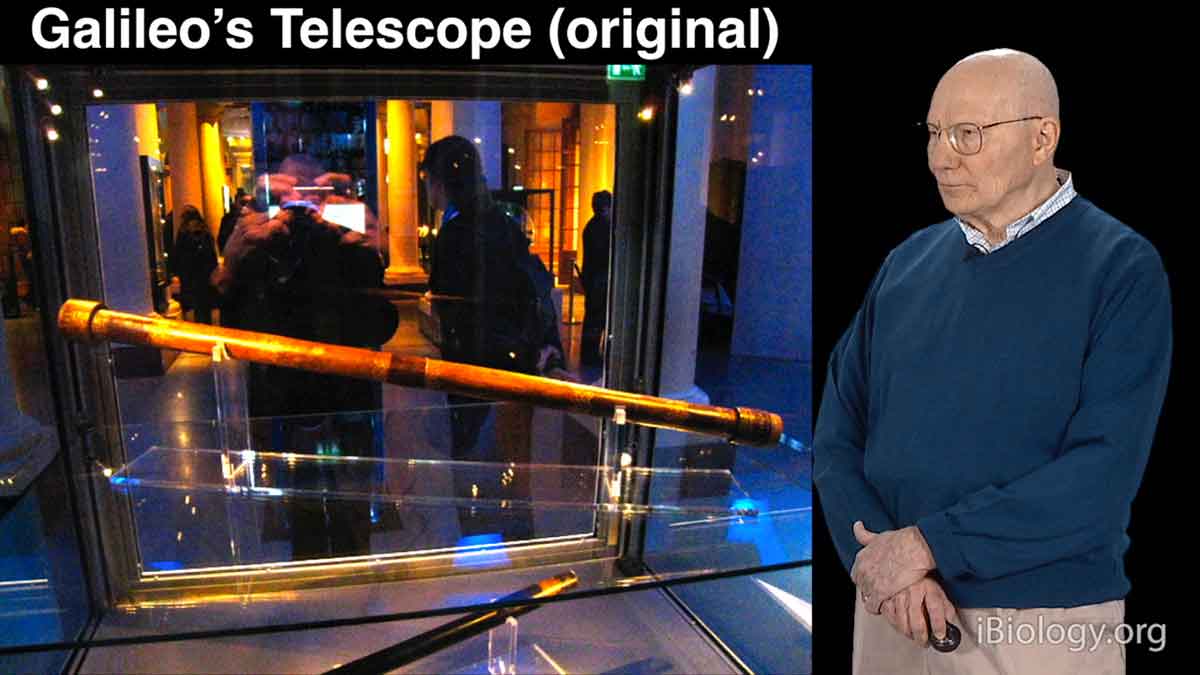
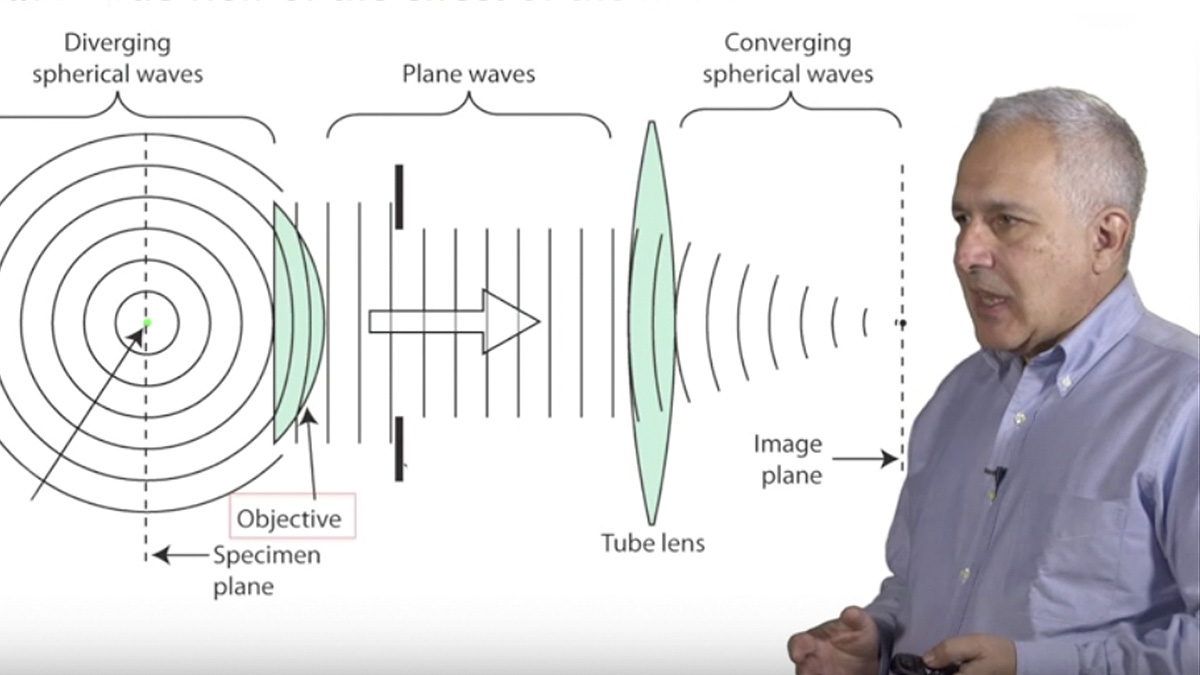
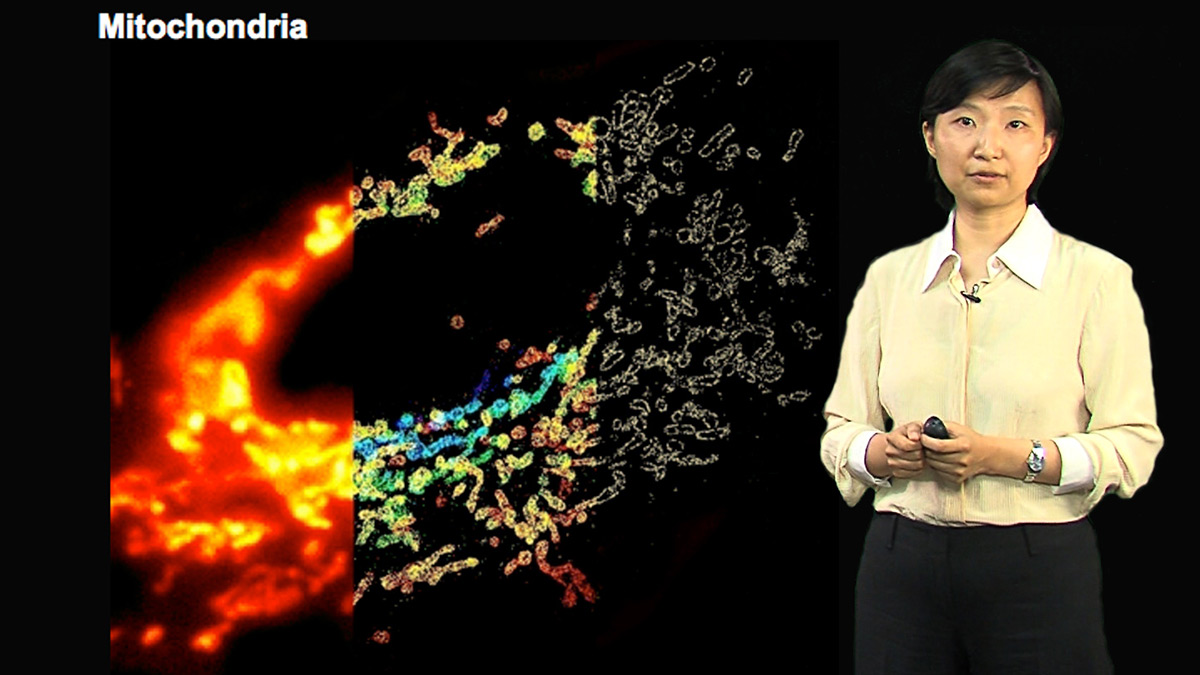





Leave a Reply